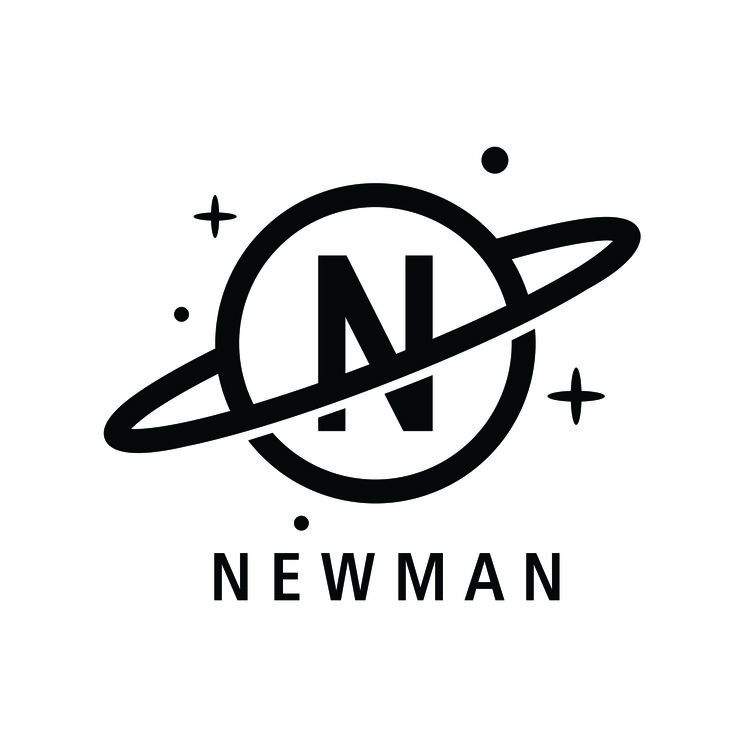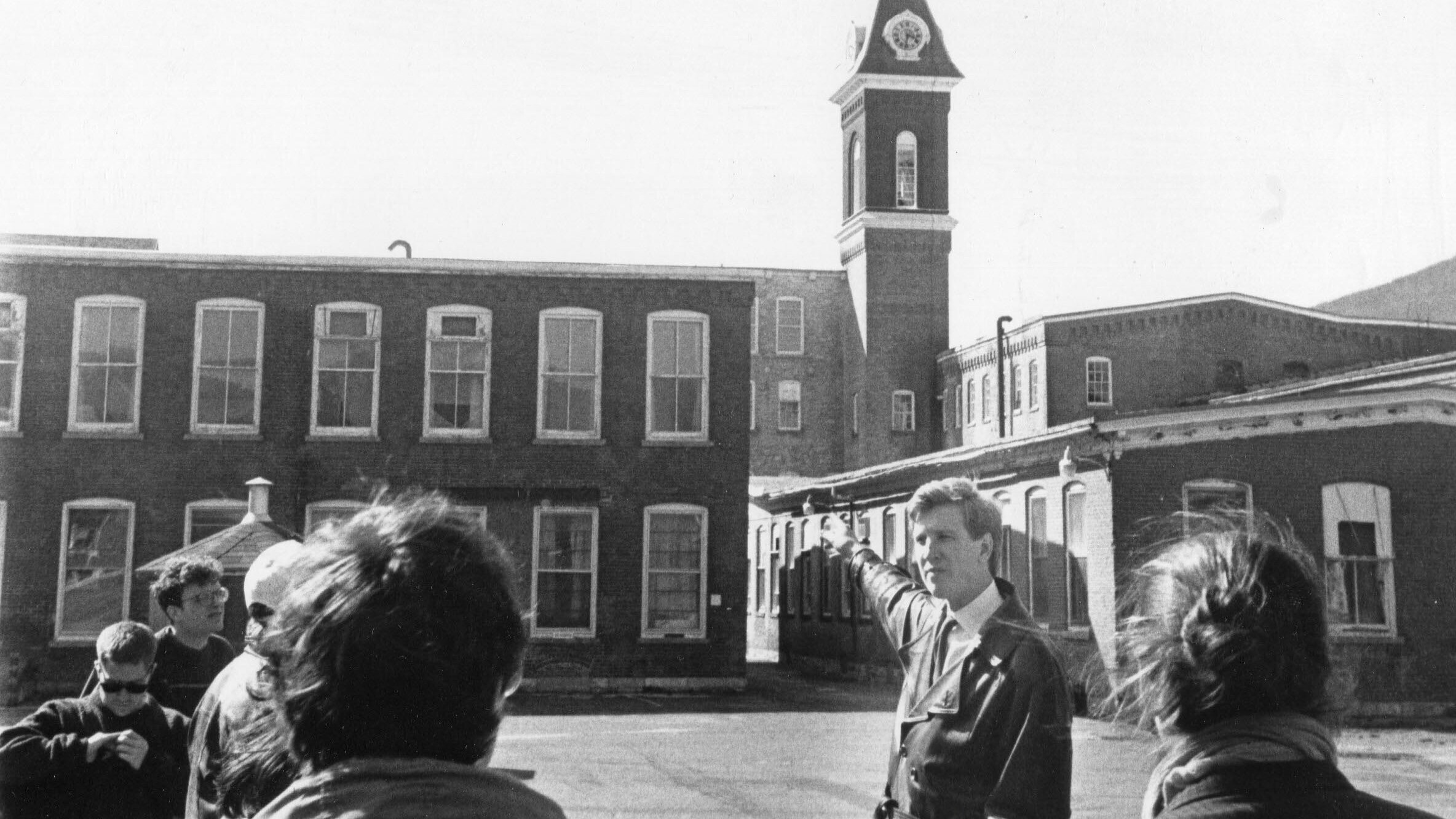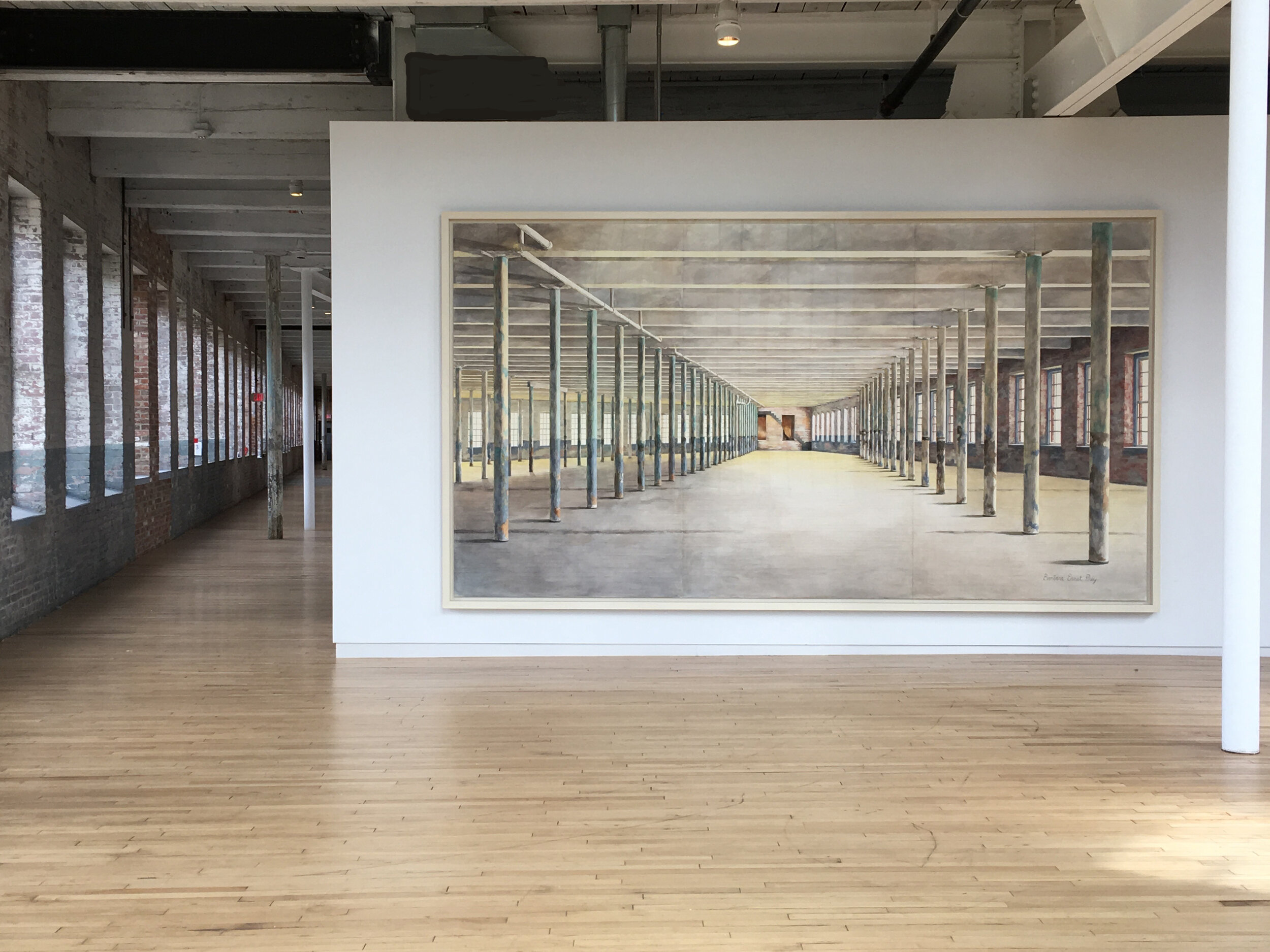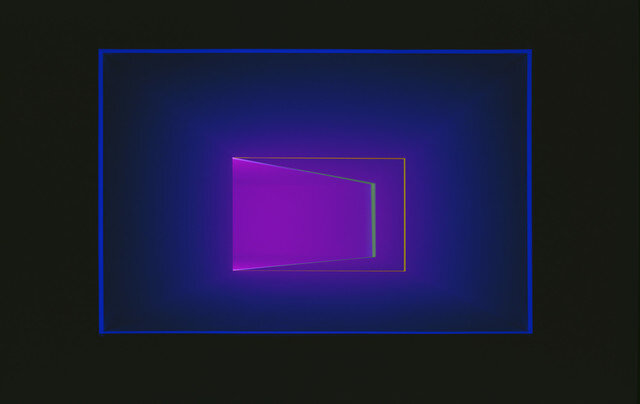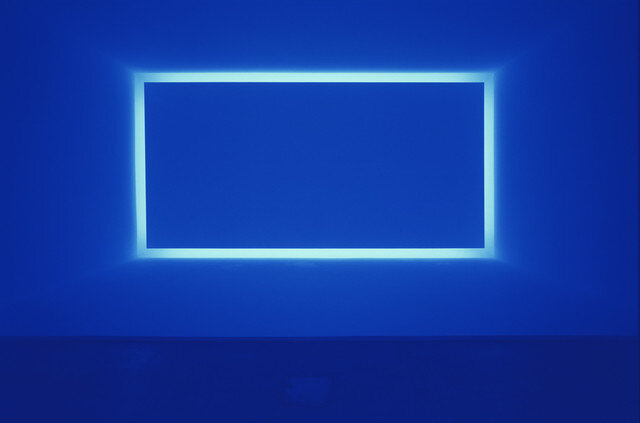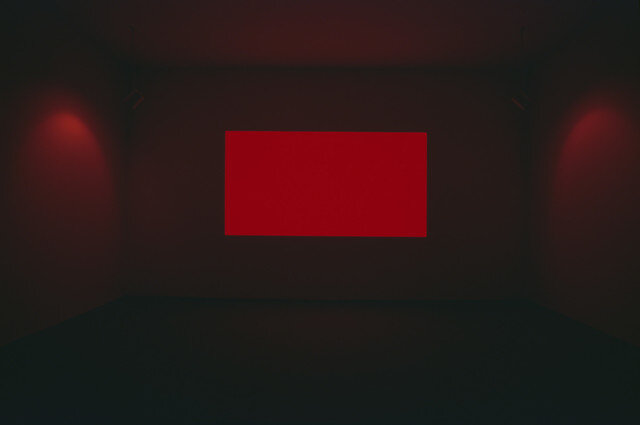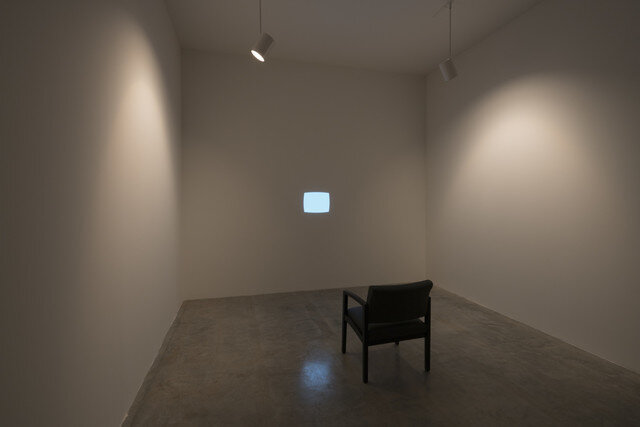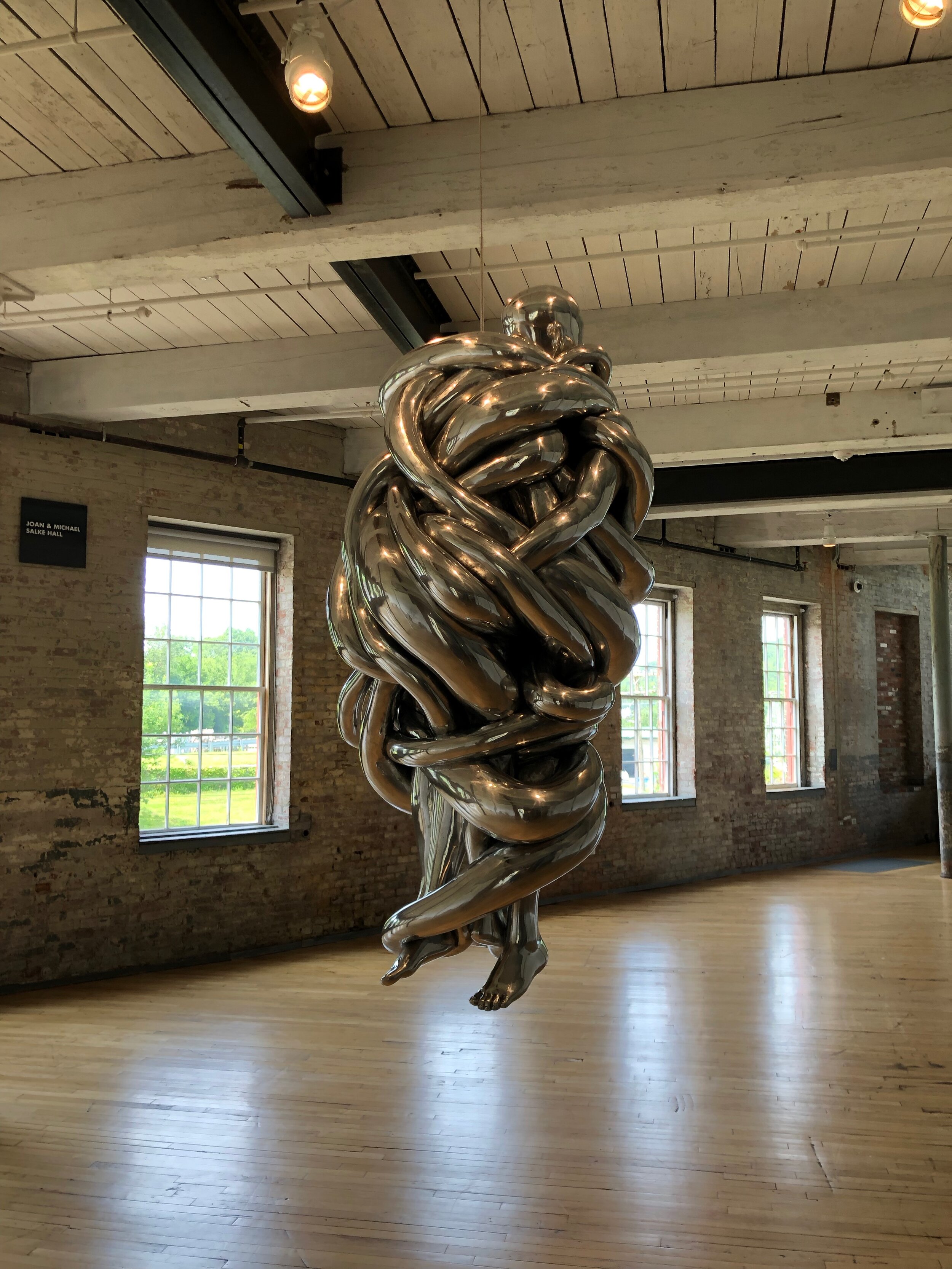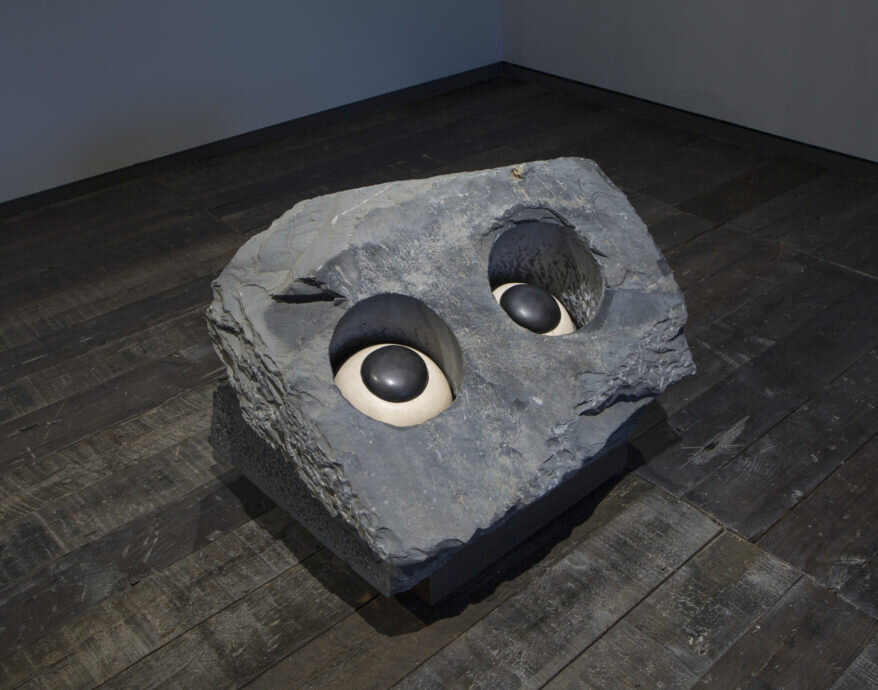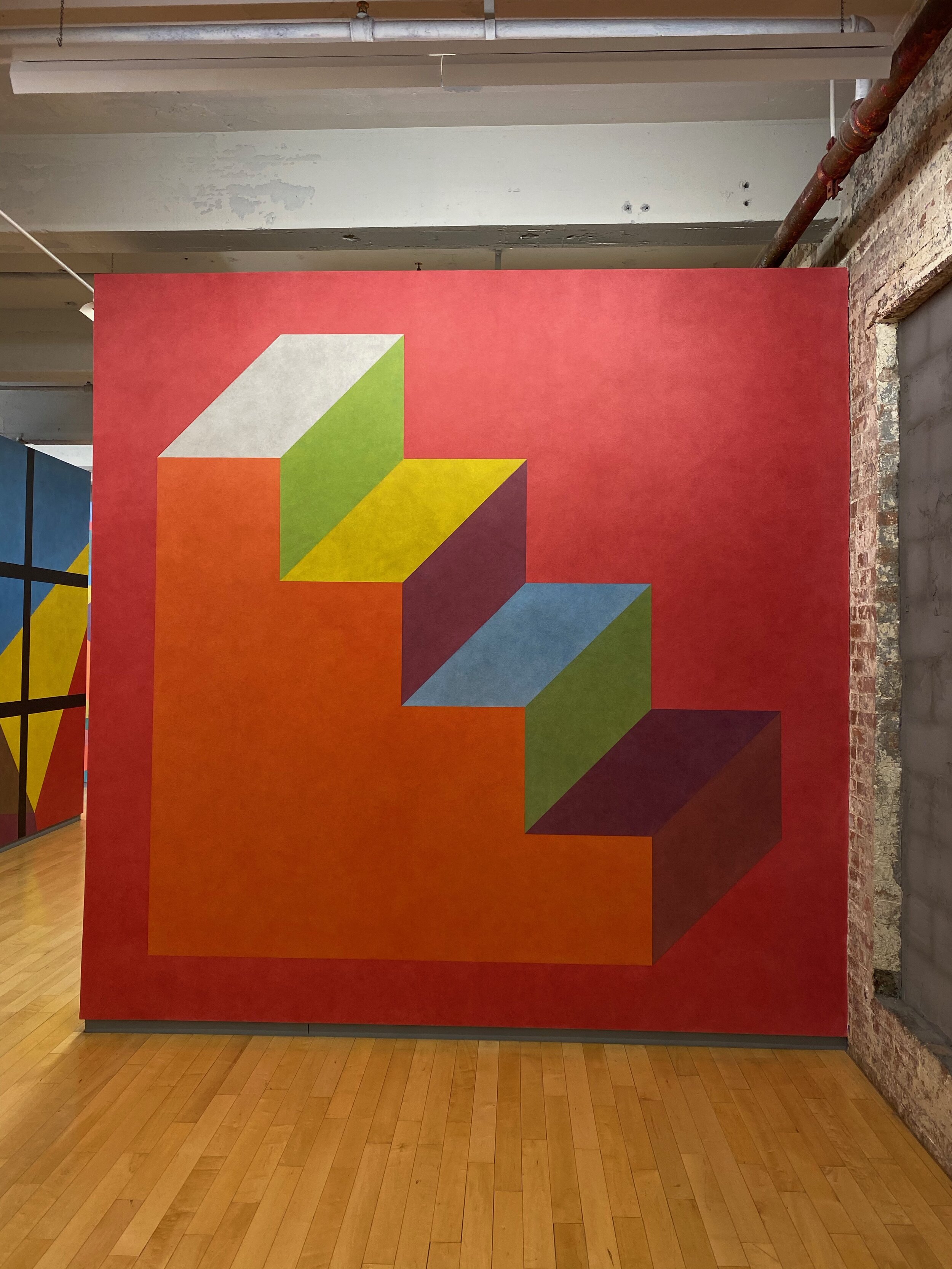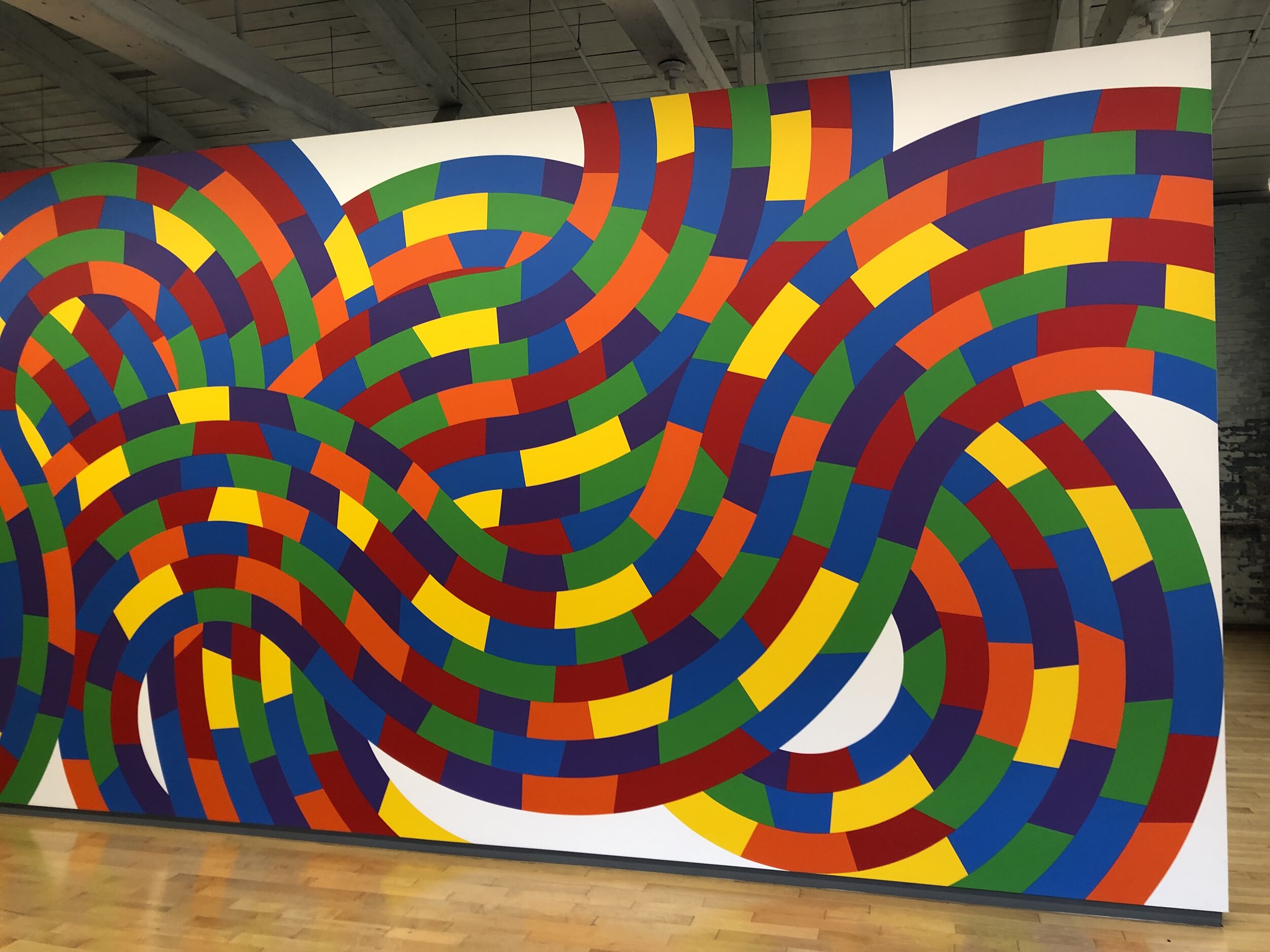MASS MoCA is electrifying! With 20 + galleries and more than 200,000 square feet of space, this decommissioned electronic components factory turned contemporary visual arts museum is one of the largest of its kind in the United States.
Sprague Electric Company, in North Adams, Massachusetts, was most known for its research and development on the trigger for the atomic bomb and some other key components used in the launch systems for the Gemini Moon mission, found itself struggling in the 1980s after major global changes in the electronics industry. After cheaper electronics began being produced in Asia along with some major notable changes to high-tech electronics Sprague Electric Company was unwilling contrived to close their doors and sell their property in 1985.
Sprague Electric compact Circa. 1940s
The development of the MASS MoCA began in 1986 after a group of staff from the nearby Williams College Museum of Art wanted a bigger a space to exhibit and display many works of modern and contemporary art. The museum opened in 1999 with 19 galleries and 100,00 square feet of usable space. Since 1999 it has expanded twice, first in 2008 with the addition of Building 7 and for a second time in 2017 with the addition of Building 6. These expansions added roughly 130,000 square feet of space to the already existing museum, but don’t worry the industrial qualities of the buildings remain, despite the conversion to a fine arts museum.
Joseph Thompson of Mass MoCA talks to students from the University of Massachusetts on April 6, 1991.
While walking through the many buildings of MASS MoCA the brick still lays exposed and the many original support columns can be see all around the art. On view in the rear of Building 6, artist Barbara Prey, sketched and painted a huge 9ft tall by 16ft wide watercolor depicting the original architecture of Building 6 before it became The Robert W. Wilson Building. This enormous painting is like a portal into the past almost inviting viewers to step inside to walk the old wooden floors of Building 6.
MASS MoCA Building 6 2015-2017. ©Barbara Ernst Prey
Building 6 is the current home to the incredible exhibition James Turrell: Into The Light. James Turrell is a light and space artist who changes your perspective on the tangibility of light. He is able to shape and form light to his liking, causing his viewer to look inside themselves to know what they are seeing.
Photos of James Turrell’s works are beautiful, but nothing can be compared to what you see with your own eyes. The viewers eyes start to melt colors together, see geometric patterns, and unveil colors hidden in the dark.
Dissolve (Curved Wide Glass) 2017. ©James Turrell Photo Credit: Michael Newman
In James Turrell’s, Dissolve (curved wide glass) 2017, an array colors are seen flowing from the sides and corners of a rounded white rectangle. By staring into the middle of the rectangle whatever color is currently in the center with slowly start growing and consuming the surrounding color. Quickly look away and the center color recedes instantly, as if it were dissolving. Also on view at MASS MoCA, is Once Around, Violet (Shallow Space), 1971, Guardian (Wedgework) 2017, Raethro II, Magenta (Corner Shallow Space) 1970, The Jetsons (Magnetron) 2006, Afrum (Projection) 1967, Pink Mist (Space Division) 1994, and many more.
The most jaw dropping works from James Turrell have to be his Ganzfeld installations. The Ganzfeld effect (or perceptual deprivation) is the phenomenon of the total loss of depth perception as in the experience of white out. For MASS MoCA, James Turrell installed his largest Ganzfeld ever created, Perfectly Clear 1991, which is “a two story structure that viewers are able to enter, becoming immersed in the work.”
James Turrell. Breathing Light, 2013. LED light into space, Dimensions variable. Los Angeles County Museum of Art, purchased with funds provided by Kayne Griffin Corcoran and the Kayne Foundation. M.2013.1. Copyright James Turrell. Photo copyright Florian Holzherr.
Viewers are first greeted by trapezoid shaped stairs with a colored rectangle at the top of the stairs. At first, it looks as if that is it, just stairs leading up to a color changing rectangle on a wall nothing else. That is until the gallery attendants invite you to climb the stairs and ingress through the rectangle into nothing, but color. Red, green, blue, teal, all dissolving into one another. Every time a person enters Perfectly Clear 1991 they are greeted with new colors. No person experiences the same colors.
Perfectly Clear (Ganzfeld) 1991 © James Turrell, Photo by Florian Holzherr
Sometimes the outline at the end of the room becomes visible, giving slight visual cues of where you are in the room and you’re able to sort of ground yourself in space, but once those lines disappear you feel as if you’re in a realm of infinite color. Periodically the lights in the room start pulsating in strobe-like patterns causing the viewer to shapes and patterns in their eyes. Yes I said in their eyes. I actually had to wave my hand in front of face to fully believe if I was seeing these geometric psychedelic patterns.
Perfectly Clear (Ganzfeld) 1991 © James Turrell, Photo by Florian Holzherr
Perfectly Clear 1991 is one of the most incredible installations I have ever been too and I recommend everyone to experience it for themselves. James Turrell changed my entire perspective on light and how it impacts our everyday lives. James Turrell: Into the Light has been extended to “at least through 2025” according to the MASS MoCA website. People now have 5 more years to experience James Turrell's light on the East Coast/ In the United States and I would suggest you go now!
Some other long term installations include Louise Bourgeois, a French-American artist best known for her large scale sculptures and installation art. MASS MoCA has a few of Bourgeois sculptures including The Couple 2007-09, Pass 1988-89, and Nature Study (Velvet Eyes) 1984.
Sol Lewitt: A Wall Drawing Retrospective takes over all 3 floors of Building 7 with over 100 wall drawings. “A landmark collaboration of MASS MoCA, Yale University Art Gallery, the Willams College Museum of Art, and the Sol Lewitt estate, over 60 artist and art students spent six months rendering 105 large-scale wall drawings spanning the artists career.” (massmoca.org/sol-lewitt) All of the walls that are installed are done so—per Lewitt’s own specifications. Sol Lewitt’s wall drawings was his ideas that were put into words as instructions. Each of the wall drawings come with a set of instructions on how to create it and MASS MoCA has 105. This retrospective will be on view till 2043.
There is so much more art to discover at MASS MoCA that maybe even one day isn’t enough! MASS MoCA is a located a little over 3 hours and 30 minutes away from Manhattan in North Adams, Massachusetts so some people may be a little tired after that drive. The PORCHES INN by MASS MoCA offers beautiful fully detailed 19th Century Victorian row houses to stay in.
